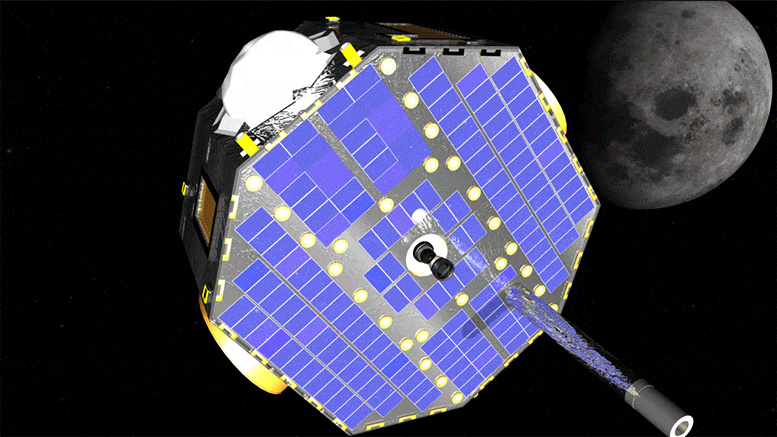
Interstellar Boundary Explorer (IBEX). Credit: NASA/Goddard Space Flight Center Conceptual Image Lab
Far, far beyond the orbits of the planets lie the hazy contours of the magnetic bubble in space that we call home.
This is the heliosphere, the vast bubble that is generated by the Sun’s magnetic field and envelops all the planets. The borders of this cosmic bubble are not fixed. In response to the Sun’s gasps and sighs, they shrink and stretch over the years.
Now, for the first time, scientists have used an entire solar cycle of data from NASA’s IBEX spacecraft to study how the heliosphere changes over time. Solar cycles last roughly 11 years, as the Sun swings from seasons of high to low activity, and back to high again. With IBEX’s long record, scientists were eager to examine how the Sun’s mood swings play out at the edge of the heliosphere. The results show the shifting outer heliosphere in great detail, deftly sketch the heliosphere’s shape (a matter of debate in recent years), and hint at processes behind one of its most puzzling features. These findings, along with a newly fine-tuned data set, are published in The Astrophysical Journal Supplements on June 10, 2020.
IBEX, short for the Interstellar Boundary Explorer, has been observing the boundary to interstellar space for more than 11 years, showing us where our cosmic neighborhood fits in with the rest of the galaxy.
“It’s this very small mission,” said David McComas, the principal investigator for the mission at Princeton University in New Jersey. IBEX is just as big as a bus tire. “It’s been hugely successful, lasting much longer than anybody anticipated. We’re lucky now to have a whole solar cycle of observations.”
For the first time, scientists have used an entire solar cycle of data from NASA’s IBEX spacecraft to study how the heliosphere—the vast magnetic bubble of space that we live in—changes over time. Credit: NASA’s Goddard Space Flight Center/Joy Ng
Mapping the solar system’s edge, one particle at a time
The heliosphere is filled with the solar wind, the constant flow of charged particles from the Sun. The solar wind rushes out in all directions, a million miles per hour, until it butts against the interstellar medium, winds from other stars that fill the space between them.
As the Sun wades through the interstellar medium, it generates a hot, dense wave much like the wave at the front of a boat coursing through the sea. Our cosmic neighborhood is called the Local Fluff, for the cloud of superhot gases that blooms around us. Where the solar wind and Local Fluff meet forms the edge of the heliosphere, called the heliopause. Just inside that lies a turbulent region called the heliosheath.
Particles called energetic neutral atoms, or ENAs, that are formed in this distant region of space are the focus of IBEX’s surveys. They’re created when hot, charged particles like the ones in the solar wind collide with cold neutrals like those flowing in from interstellar space. Zippy solar wind particles can snatch electrons from lumbering interstellar atoms, becoming neutral themselves.
The journey of these particles begins long before IBEX detects them. Past the planets, past the asteroid belt and the Kuiper Belt, to the edge of the heliosphere, it takes about a year for a gust of solar wind to race 100 times the distance between the Sun and Earth. Along the way, the solar wind picks up ionized atoms of interstellar gases that have wriggled into the heliosphere. The solar wind that arrives at the edge is not the same wind that left the Sun a year before.
Solar wind particles might spend another six months roving the chaos of the heliosheath, the gulf between the heliosphere’s two outer boundaries. Inevitably, some collide with interstellar gases and become energetic neutrals. It takes the neutral particles close to another year for the return trip, traversing the space from the edge of the heliosphere to reach IBEX — if the particles happened to be heading in precisely the right direction. Of all the neutral particles formed, only a few actually make it to IBEX. The whole trip takes two to three years for the highest-energy particles in IBEX’s observing range, and even longer at lower energies or more distant regions.
IBEX takes advantage of the fact that neutral atoms like these aren’t diverted by the Sun’s magnetic field: Fresh neutral particles bound away from collisions in nearly a straight line.
IBEX surveys the skies for the particles, noting their direction and energy. The spacecraft only detects about one every other second. The result is a map of the interstellar boundary, crafted from the same principle a bat uses to echolocate its way through the night: monitor an incoming signal to learn more about one’s surroundings. By studying where the neutrals come from, and when, IBEX can trace the remote boundaries of our heliosphere.
“We’re so lucky to observe this from inside the heliosphere,” said Justyna Sokol, a visiting scientist on the Princeton team. “These are processes that happen at very small distances. When you observe other stars that are very far away, you observe distances of light years, from outside their astrospheres.” Even the distance between the Sun and the nose of the heliosphere is tiny compared to many, many light years.
Using IBEX’s 11-plus years of data, McComas and his team were able to study changes that evolve over time and are key to understanding our place in space.
The solar wind is constant, but the wind is not steady. When the wind gusts, the heliosphere inflates like a balloon, and neutral particles surge at the outer fringes. When the wind calms, the balloon contracts; neutral particles dwindle. The ensuing seesaw of neutral particles, the scientists reported, consistently echoed two to three years after the changes in the wind — reflecting their journey to the edge of this balloon and back.
“It takes so many years for these effects to reach the edge of the heliosphere,” said Jamey Szalay, another Princeton researcher on the team. “For us to have this much data from IBEX, finally allows us to make these long-term correlations.”
Shaping up the heliosphere
From 2009 to 2014, the wind blew fairly low and steady, a gentle breeze. The heliosphere contracted. Then came a surprise swell in the solar wind, as if the Sun heaved a great sigh. In late 2014, NASA spacecraft orbiting Earth detected the solar wind pressure increase by about 50% (it has since remained high for several years).
Two years later, the billowing solar wind led to a flurry of neutral particles in the heliosheath. Another two years later, they filled most of the nose of the heliosphere. Eventually, they crested over the heliosphere’s north and south poles.
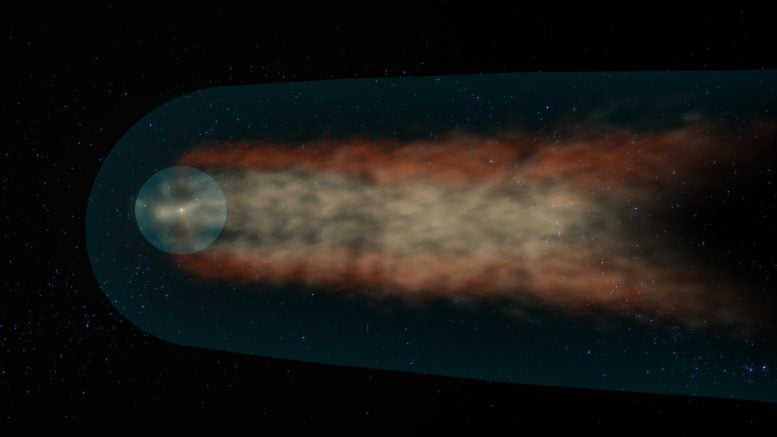
As the Sun wades through the interstellar medium, it generates a hot, dense wave like the wave at the front of a boat coursing through the sea. In this illustration, this is the boundary in darker blue. IBEX has helped scientists determine the shape of the heliosphere, which has a comet-like tail. Credit: NASA’s Scientific Visualization Studio/Conceptual Imaging Lab
These changes were not symmetric. Each observed bump traced the quirks of the heliosphere’s shape. The scientists were surprised at how clearly they saw the tidal wave of solar wind pushing out the heliopause.
“Time and the neutral particles have really painted the distances in the shape of the heliosphere for us,” McComas said.
IBEX still hasn’t observed the effects of this cosmic punch from the back end of the heliosphere, the heliotail. That means the tail end is much farther away from the Sun than the front; those particles are on a much longer journey. Maybe the solar wind surge is still hurtling toward the tail, or maybe neutral particles are already on their way back. In the coming years, the IBEX team will be watching for signs of their return from the tail.
“Nature set up this perfect experiment for us to better understand this boundary,” Szalay said. “We got to see what happens when this one big thing — the solar wind push — changes.”
Overall, this paints a picture of the heliosphere that is shaped something like a comet. The shape of the heliosphere has been a matter of debate in recent years. Some have argued our bubble in space is spherical as a globe; others suggested it is closer to a croissant. But in this study, McComas said, IBEX data clearly shows the heliosphere’s response to the solar wind push was asymmetric — so the heliosphere itself must be asymmetric too. The Sun is situated close to the front, and as the Sun hurtles through space, the heliotail trails much farther behind, something like the streaking tail of a comet.
Tackling IBEX’s biggest puzzle
IBEX’s many years of data have also brought scientists closer to an explanation for one of the heliosphere’s more puzzling features, known as the IBEX ribbon. The ribbon remains one of IBEX’s biggest discoveries. Announced in 2009, it refers to a vast, diagonal swath of energetic neutrals, painted across the front of the heliosphere. It’s long puzzled scientists: Why should any part of the boundary be so different from the rest?
Over time, IBEX has indicated that what forms the ribbon is very different than what forms the rest of the interstellar sky. It is shaped by the direction of the interstellar magnetic field. But how are ribbon particles produced? Now, the scientists report that it’s very likely a secondary process is responsible, causing the journey of a certain group of energetic neutral particles to roughly double.
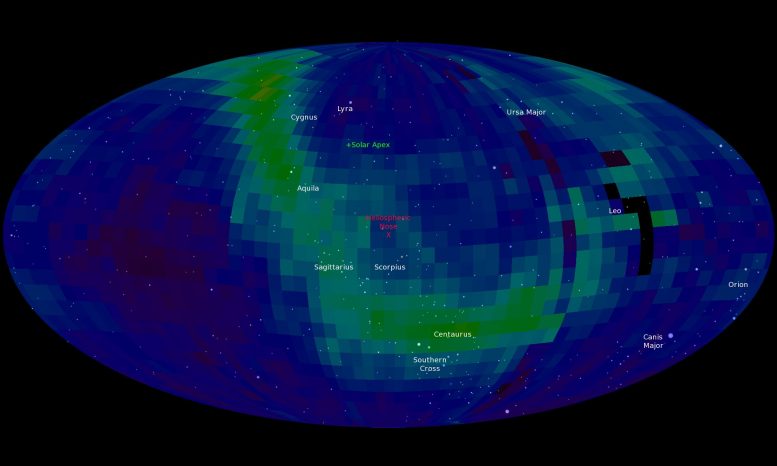
The ribbon remains one of IBEX’s biggest discoveries. It refers to a vast, diagonal swath of energetic neutrals, painted across the front of the heliosphere. Credit: NASA/IBEX
After becoming energetic neutrals, rather than ricochet back toward IBEX, this group of particles would streak in the opposite direction, across the heliopause, and into interstellar space. There, they’d get a taste of the Local Fluff, cruising until some would inevitably collide with passing charged particles, losing an electron once again and becoming tied to the surrounding magnetic field.
Another two years or so pass, and the charged particles might collide yet again with slower peers, stealing electrons like they’ve done before. After this brief migration beyond the heliosphere, the twice-born energetic neutrals might eventually re-enter, hurtling back toward home.
Extended IBEX data helped the scientists connect the ribbon to the particles’ long interstellar tour. Particles forming the ribbon have journeyed some two years more than the rest of the neutral particles observed. When it came to the solar wind spike, the ribbon took another two years after the rest of the heliosphere to even start responding.
Far exceeding its initial mission of two years, IBEX will soon be joined by another NASA mission, IMAP — short for the Interstellar Mapping and Acceleration Probe, for which McComas also serves as principal investigator. The mission is scheduled to launch in late 2024.
“IMAP presents a perfect opportunity to study, with great resolution and sensitivity, what IBEX has begun to show us, so that we will really get a detailed understanding of the physics out there,” McComas said.
Reference: “Solar Cycle of Imaging the Global Heliosphere: Interstellar Boundary Explorer (IBEX) Observations from 2009–2019” by D. J. McComas, M. Bzowski, M. A. Dayeh, R. DeMajistre, H. O. Funsten, P. H. Janzen, I. Kowalska-Leszczyńska, M. A. Kubiak, N. A. Schwadron, J. M. Sokół, J. R. Szalay, M. Tokumaru and E. J. Zirnstein, 10 June 2020, The Astrophysical Journal Supplements.
DOI: 10.3847/1538-4365/ab8dc2

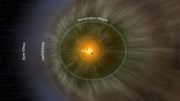
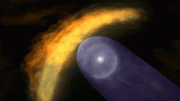
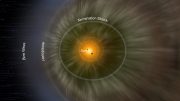
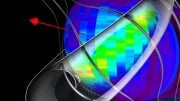
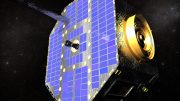
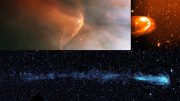
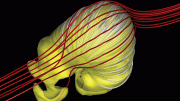
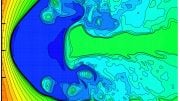
Your article is very useful, the content is great, I have read a lot of articles, but for your article, it left me a deep impression, thank you for sharing.